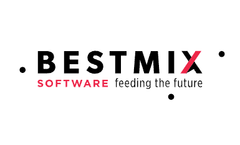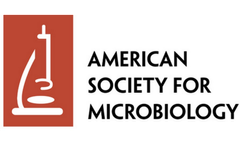Insects Feed Articles & Analysis
8 articles found
The physical and chemical attributes of the soil act as the initial determinant, influencing the scope of the community that plant roots can directly engage with. Environmental fluctuations, insect activity, and herbivorous feeding exert a significant influence on the microbial assembly accessible to the above-ground parts of the plant. ...
Thrips, ah. the little insects that can pose annoying issues for cannabis cultivation. Thrips are minuscule, elongated insects that feed on cannabis plants’ sap, resulting in discolouration, crooked development, and decreased yields. ...
By doing so, they play a vital role in a circular economy, upcycling waste into resources that hold significant value for the feed, food, and agricultural industries. Not only can insects provide valuable proteins and fats for these sectors, but they also offer an environmentally friendly alternative to synthetic fertilizers in the form of insect ...
ByBESTMIX
It might even attract some small garden birds for nesting sites once its established and will certainly be home to plenty of insects to feed the birds, so even though it’s not a UK native, we’ve ticked several boxes for adding biodiversity to our garden where there was otherwise just a blank wall. ...
Our world population is climbing, and agriculture must rise to the challenge of producing a much larger portion of daily food intake for that population. One option that is gaining popularity is aquaculture, which provides much greater yields at lower inputs than harvesting a dwindling wild population of edible fish. But rising feed ingredient prices are beginning to have an impact on the ...
ByBESTMIX
Systemic neonicotinoid insecticides are used to control of turfgrass insect pests. We tested their transference into nectar of flowering lawn weeds or grass guttation droplets which, if high enough, could be hazardous to bees or other insects that feed on such exudates. ...
Around the world two billion people eat insects on a regular basis. The current hotbeds — or should we say, hot pots — of consumption include Latin America, central Africa and Southeast Asia. As we look for new ways to feed a burgeoning global population, will entomophagy spread to other corners of the ...
ByEnsia
The lysogenic bacteriophage APSE infects 'Candidatus Hamiltonella defensa,' a facultative endosymbiont of aphids and other sap-feeding insects. This endosymbiont has established a beneficial association with aphids, increasing survivorship following attack by parasitoid wasps. ...







